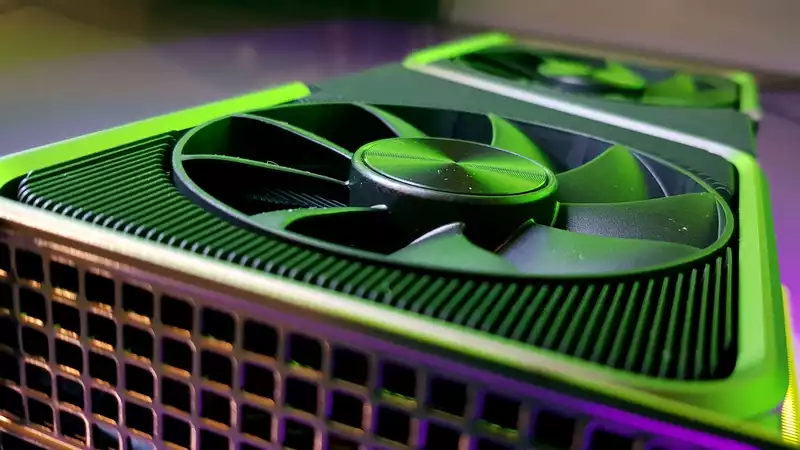Nvidia has been both a beneficiary and a victim of the cryptocurrency boom/bust cycle. When cryptocurrencies soared in value, Nvidia's stock price soared as well. When cryptocurrencies crashed, Nvidia's stock price often fell with them. The company has long manufactured products that are essential to the operation of most of the world's largest cryptocurrencies other than Bitcoin, which has been both a blessing and a curse.
Nvidia and crypto have a love-hate relationship. When things were going well, Nvidia happily produced an entire line of products aimed solely at running algorithms to "mine" cryptocurrencies, called CMPs (Cryptocurrency Mining Processors). However, when cryptocurrencies crashed, Nvidia found itself with an overstock of graphics cards (open in new tab) and had to find new ways to sell them.
Clearly Nvidia is now in the hate phase of its relationship, as evidenced by recent comments by Nvidia's CTO to The Guardian (opens in new tab) regarding the value of cryptocurrencies to society.
"Everything about this crypto stuff requires parallel processing, and [Nvidia] is the best, so people just programmed it to be used for this purpose. They bought a lot of it, but eventually it fell apart. Because it doesn't do anything for society; AI does," said Nvidia CTO Michael Kagan.
While Nvidia understandably wants to position itself as the preeminent AI company, we did not expect the company to outright condemn cryptocurrency in the process. Is cryptocurrency a valuable alternative to fiat currency, or is it a tool for generating profit? So far, we have seen many examples of the latter, but not so many that prove the former.
"I never believed [cryptography] was going to do anything good for humanity," Kagan continued. 'People do crazy things, but they buy your stuff and you sell them stuff. But you don't redirect the company to support whatever it is."
Nvidia's tendency to downplay the role cryptocurrencies played in the increased demand for graphics cards seen over the past few years, coupled with supply chain issues, has led to a worldwide shortage of graphics cards Nvidia has been using GeForce GPUs for cryptocurrency It even tried to block mining, which was reportedly not a very effective anti-mining measure (open in new tab).
However, cryptocurrency mining is no longer one of the main drivers of GPU sales and will probably remain so forever.
Ethereum has been the main cryptocurrency driving demand for graphics cards over the past few years, and the crypto boom before that (which occurred around 2017/18) was Ethereum. In both booms, Ethereum relied on the Proof-of-Work concept, which required massive computing power from graphics cards to mine the platform's currency, Ether. after September 2022, Ethereum will be replaced by the Proof-of Stake concept (opens in new tab), which no longer requires a graphics card to operate.
So far, no other cryptocurrency has grown enough to re-spur such high demand for graphics cards. It could happen, but we have yet to see it. For the sake of the environment, we hope not.
Meanwhile, people are eager to get their hands on Nvidia GPUs for AI applications; Nvidia drives many of the most popular AI applications today, including OpenAI's ChatGPT and Stable Diffusion, and more applications are being integrated into the system. At the company's developer conference, GTC, it was announced that Oracle, Meta, Amazon, and Microsoft recently invested in Nvidia's H100 GPUs to "meet the rapidly growing demand for generative AI training and inference.
All of this sounds like Nvidia is about to take a big step forward from crypto.


Comments